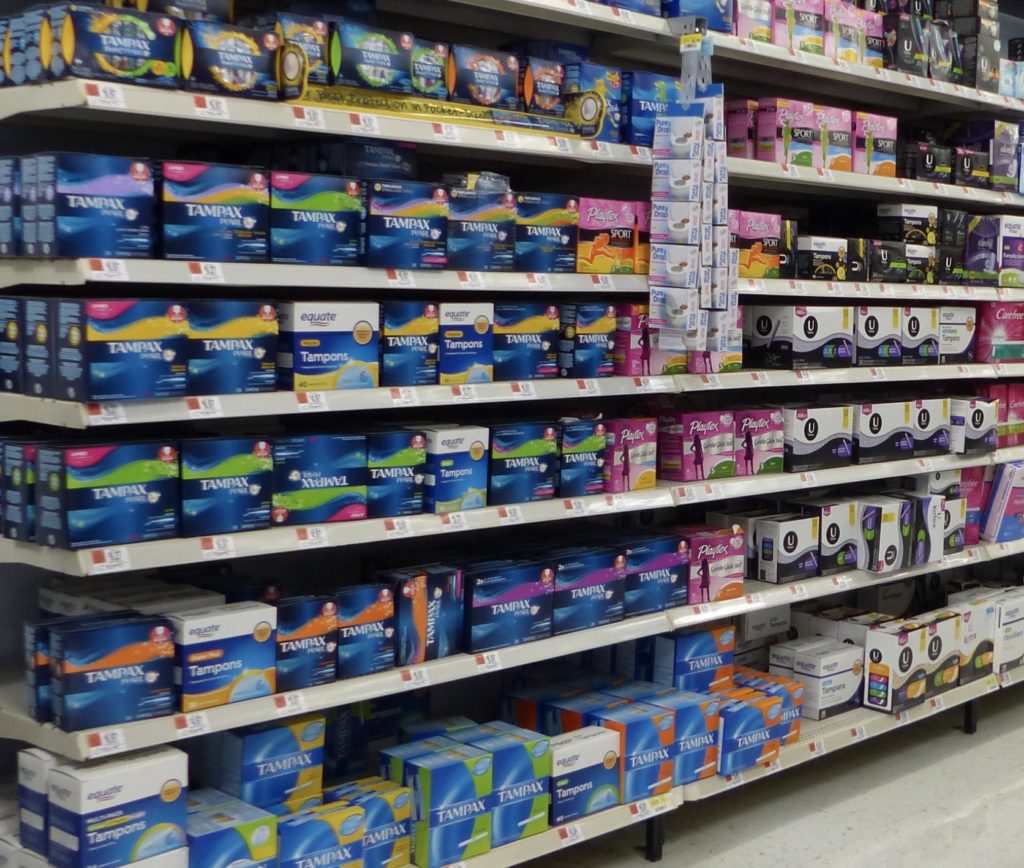We’re all aware that the role of women has changed in the last centuries, but probably less aware that their biology has also changed. Together, these changes have helped change society.
Currently an average girl in the USA undergoes menarche (starts to menstruate) before age 13. In the 19th century a girl was 4 years older before reaching that landmark. We aren’t sure why girls are maturing earlier, but there are probably multiple factors. Better diet is definitely a contributing cause, as is obesity. Chronic stress may also be a factor, and endocrine disrupting chemicals such as BPA probably have an effect. Interestingly, menopause (the permanent cessation of periods) may occur slightly later than a century ago.
Menstrual problems may come along with menarche. Usually this is just cramps that are controlled with over-the-counter medication. Because girls often don’t ovulate for the first months after menarche, a girl may have heavy and/or irregular periods that may lead to anemia. These problems can interfere with the young woman’s life, causing her to miss school, sports or other important activities.
Interest in boys usually follows menarche. The same hormones that cause a young woman to menstruate also affect her libido. Since girls are maturing earlier, it follows that they will also be interested in sex at an earlier age. On the other hand, the average woman’s education lasts many years longer than it did a century ago. Our mores are still based on the way people lived in the 19th century, when it was common for a woman to wed shortly after graduation from high school, or even to drop out to marry. Her husband was usually the breadwinner and she stayed home to care for the children—the first of whom was born not long after marriage.
One of my heroes, Dr. Malcolm Potts, has observed: “…the modern woman can have 300 or more menstrual cycles. Given a later puberty and pregnancies separated by long intervals of ovulation-suppressing breastfeeding, women in the few surviving hunter gatherer societies, may have as few as 60 life time cycles.”
Can “the pill” safely help young women? Oral contraceptives are the most effective way to regulate periods. They decrease blood loss and reduce cramping, plus they make periods predictable. It is even also possible to skip periods by changing how pills are taken. For some, oral contraceptives will help with the moodiness (PMS) that may come before a period.
Young women may benefit from other good side effects of “the pill”, including improving acne, decreasing the risk of anemia or ovarian cysts, and later decreasing the chances of a woman developing ovarian or uterine cancer.
Menstruation interferes with the lives of many women. In less developing countries girls often miss school when menstruating, or drop out entirely—especially if they cannot afford pads. That is also true for some girls in the USA: Chicago Public Schools have a policy which “…requires that schools provide free menstrual products in bathrooms to improve gender equity for people who miss school because they don’t have access to these products.” Denver Public Schools and some other Colorado schools also provide easy access to free menstrual products. Scotland has gone a step further—menstrual products are free to all who need them.

Another problem in developing countries is that many schools lack clean and private washrooms. “Days for Girls”, an international nonprofit organization, provides help to many young students. In addition to making and supplying reusable pads and ways to carry and clean them, instructors go to schools and talk to young women about menstrual care and staying safe.
The cost of menstrual protection can add up, and it is an expense that boys and men don’t have. To make things worse, in many states (including Colorado) these products are taxed because they are not considered “necessities of life”. Organizations such as Period Equity are tackling the “pink tax”. In Colorado, House Bill 1127 was introduced in the Legislature in 2017 to do away with this unfair tax, but the bill was postponed indefinitely. The City of Denver has already stopped taxing these necessities for women; isn’t it time that the whole state follows along?
© Richard Grossman MD, 2021
